Media Bias
Media bias is also inherent in the coverage of female political candidates and leaders. There is an awareness in the extant literature on media and women’s representation that there is a difference in both the volume and substance of media coverage received by female politicians when compared to male politicians (Fowler and Lawless 2009; Hooghe, Jacobs, and Claes 2015; Kahn 1994; Dan and Lorgoveanu 2013). Several studies have found that aspiring female politicians receive less positive attention or coverage in the form of news commentary, cartoons, and commentaries when compared to their male counterparts (Gilmartin 2001; Kahn 1992, 1994, 1996; Norris 1997; O’Neill and Savigny 2014; Sampert and Trimble 2003). When looking at the media’s representation of men and women in politics, the general consensus among scholars is that women get less policy/issue coverage and more “horse-race” coverage. This type of coverage “emphasize[s] which candidates are ahead and behind and the strategies and tactics of campaigning necessary to position a candidate to get ahead or to stay ahead” (Cappella and Jamieson 1997, 74).
Hooghe, Jacobs, and Claes (2015), in their assessment of media coverage of female Members of Parliament (MPs) in Belgian news broadcasts, found that female MPs were significantly less likely to be allotted speaking time, and they received less speaking time than their male colleagues. Aldering’s (2018) assessment of male and female leadership in the Netherlands between 2006 and 2012 found that males received more media coverage of leadership traits than women. He also speculated that this sex-differentiated coverage likely contributed to the underrepresentation of women. Even though there is a general consensus that male candidates receive more media coverage than their female counterparts, some recent studies have produced mixed results, with some indicating that gender bias in media coverage might be decreasing (Bystrom, Robertson, and Banwart 2001; Hayes and Lawless 2015). Others have suggested that high-profile female candidates do receive more or the same media coverage as males (Lavery 2013; Wasburn and Wasburn 2011).
Portia Simpson-Miller (“Sista P” or “Mama P”)
Portia Simpson-Miller, affectionately known as “Mama P” or “Sista P,” entered Jamaica’s political scene in the early 1970s; first as a member of the Kingston and St. Andrew Municipal Council as an elected council member (Councilor), then as a MP with the People’s National Party (PNP)—a position she held since 1976. Having worked assiduously to reach the pinnacle of power, she also served as a Cabinet member; Minister of Labour, Welfare and Sports; Minister of Tourism; and Minister of Local Government and Sports. In 1978, she was appointed vice president of the PNP—a position she held until 2006 (Jamaica Information Service 2015; Skard 2014). On March 30, 2006, Simpson-Miller broke the proverbial “glass ceiling” for women she became the first female president of the PNP and the first female prime minister of Jamaica. She also positioned herself as the third female prime minister in the Anglophone Caribbean. Simpson-Miller’s initial rise to power was, however, short-lived when on September 3, 2007, the PNP narrowly lost the general election to the rival Jamaica Labour Party. The 2011 general election proved more successful for Simpson-Miller, as the PNP won the election by a convincing margin (claiming forty-one of sixty-three seats). According to Helps (2013, 17):
The 2011 general election proved a turning point for Simpson-Miller, as it not only solidified her status as one of the greats of the Jamaican political scene, but thrust her into the annals of Jamaica’s history as a strategist par excellence.
Simpson-Miller became prime minister of Jamaica, elect; a position she held until 2016 when she was narrowly defeated by Andrew Holness of the Jamaica Labour Party (JLP). In March 2017, Simpson-Miller stepped down as opposition leader and president of the PNP.
Portia Simpson-Miller’s ascension to Jamaica’s highest political office came at a time when Jamaicans were ready for a change. It was hope that she would upset the status quo and cause a stir in the male-dominated two-party system that has come to define Jamaican politics. During the elections of 2006 and 2011, the phrase “Woman Time Now” became a running theme, and people, especially women, prepared themselves to welcome Simpson-Miller as the first female prime minister (Helps 2013). As Skard (2014, 269–70) rightfully noted:
In a country where there were supposed to be “matriarchs”, where 70 per cent of university students were women, and where women had long constituted more than half of the labour force and were about to get leading positions in economic life, but not in politics, many felt that it was time for a woman at the helm.
Despite gaining universal adult suffrage in 1944, at the time of Simpson-Miller’s ascent to power, only about seven women sat in the House of Representatives (Skard 2014).
Even though Simpson-Miller’s tenure as prime minister of Jamaica was short-lived, her political career can be described as remarkable. She was an advocate for the poor and working class to whom she often showed genuine love and concern. She was also considered a woman for the people. Jamaicans, especially women and those from the lower class, loved and revered Simpson-Miller. Her political successes by the end of her tenure in 2016 include a reduction in crime, increased economic growth, improving the justice system, and instituting a new healthcare benefit policy guaranteeing free healthcare and medical coverage for children in Jamaica (Skard 2014). In 2006 and 2007, Forbes magazine ranked Simpson-Miller eighty-ninth and eighty-first, respectively, on its list of “The 100 Most Powerful Women.” In 2012, Time magazine ranked her among its “100 Most Influential Persons in the World.” In 2013, Simpson-Miller was inducted into the prestigious International Women’s Forum Hall of Fame.
Despite her career success, Simpson-Miller endured immense backlash and criticism from those who perceived her as being unsuitable for the office of prime minister. Attacks against Simpson-Miller were perpetrated through several media, but the media in Jamaica played a significant role in perpetuating gendered stereotypes and criticism against her. Simpson-Miller and several others seem to believe that the media targeted her because of her gender and class. Female political leaders are often harshly scrutinized and criticized based on gender, but Simpson-Miller had both gender and class working against her (Skard 2014). Born in the remote district of Woodhall, St. Catherine (Jamaica), Simpson-Miller often describes herself as coming from the “bowels of the poor.” While Simpson-Miller found favor with Jamaica’s lower class, she struggled to be accepted by the upper and growing middle classes. Since the nationalist period of the 1950s, the middle “brown” class has dominated politics and government in Jamaica (Meeks 1996; Stone 1985).
In a January 2016 interview with The Jamaica Gleaner, Simpson-Miller explained that throughout her political career, she has endured “political pain” and “personal hurt” (The Gleaner 2016). Much of this pain she said was not because she is a female, but because she had the wrong color, address, and social class (The Gleaner 2016). In a 2007 interview with Harvard University Professor Orlando Patterson, Simpson-Miller explained that she faced mounting criticism from the media because she was a woman in a male-dominated field, and also because of her background. She lamented that she has been “beaten, banged and bashed by the media” (Patterson 2007). She further articulated that the media tried to kill her charisma, and every time they see her “they are looking at the majority of Jamaicans who are poor, and they can only think, how dare this uppity [self-important, arrogant] woman …” (Patterson 2007). After losing the 2016 General Election to Andrew Holness, Simpson-Miller received mounting pressure both from within her party and the wider populace to step aside as president of the PNP and Leader of the Opposition. Simpson-Miller questioned whether this was because she is a woman.
Personal life
Similar to female politicians worldwide, Simpson-Miller has been subjected to many interrogations of her personal life, her spending patterns, and whether she was using government money for personal reasons. Between 2012 and 2014, there was public outcry and much scrutiny from the media about Simpson-Miller’s spending habits and whether she used government funds to finance her lifestyle. In 2013, it was reported that Simpson-Miller spent $6.5 million Jamaican dollars (approximately $52,000) on a trip to Ethiopia. By 2014, it was estimated that she had spent $50 million Jamaican dollars ($400,000) on her overseas trips. Simpson-Miller fired back at her detractors, noting that she used a credit card given to her by her husband, and not taxpayers’ money, to fund her trips. Las May capitalized on this statement, depicting Simpson-Miller in one of his cartoons as a Jamaican “hot gal” (material girl) who does little work, relying heavily on handouts from a spouse or partner. This is deducted from the statements in the cartoon: “…mi always travel in style…seet mi husband gimme credit card!” (I always travel in style—see, my husband gave me [a] credit card). A similar cartoon by Clovis showed an airplane waiting in the background with the words “European Tour” written on it; in the foreground is Simpson-Miller, wiping sweat from her husband’s face as he worriedly tells her: “Portia duh, tek time wid the credit card!” (Portia, please do not abuse the credit card). These depictions of Simpson-Miller demonstrate blatant sexism, class prejudice, and a strong disrespect for the prime minister because she is a woman. They also amplify the assumption that most successful women get where they are because of their husbands or partners.
Cast in the shadows
During her tenure as prime minister of Jamaica, Simpson-Miller was harshly criticized by Jamaicans and the media for not openly discussing policy issues or providing information on policy issues in a timely manner. Others have questioned why her husband, “a good manager,” has not given her some “husbandly” advice. Not only are Simpson-Miller’s leadership skills brought into question, but she is cast in the shadow of her husband who presumably has better leadership skills and qualities. In at least 5 percent of the cartoons by Clovis and Las May, she is depicted asking the male members of the PNP for advice or giving them free rein of the Party. In one cartoon by Las May, Simpson-Miller is depicted in a boat labeled “Jamaica”; at the helm is Peter Phillips, who sweats profusely. In the back of the boat is Simpson-Miller barking directions: “Onward Peter!” What this image signals to readers is that while Simpson-Miller was the prime minister of the country, she was not necessarily the one in control. In another image, we see Simpson-Miller sitting at a desk, taking commands from Bruce Golding (Leader of the Opposition) who says to her: “Here’s how I want you to run the country…” The most striking image, however, depicts Simpson-Miller on her knees praying to God for divine intervention in pulling Jamaica out of a quagmire. She asks for a sign and Andrew Holness (then Leader of the Opposition) appears before her. Simpson-Miller has also been depicted telling her speechwriter (a male) what to include in the speech for a national budget presentation, while she watches television. Another portrays Simpson-Miller as a puppet on a string being dangled by her party handlers. While cartoons of this nature make up only 5 percent of the overall total, they paint a strong image of Simpson-Miller as someone who lacked leadership skills and qualities. As such, she needed the assistance or directives of her husband and/or male members of her party to carry out her role effectively. Images of this nature also support the narrative that in order to be effective leaders, women need the help and support that only men can offer them. They also reinforce the stereotype that females are incapable of being good leaders.
Gender
Even though a significant majority of the cartoons analyzed focused on Simpson-Miller’s leadership skills and ability to run the country, there were gender-stereotyped images of her that sought to undermine her authority as prime minister of Jamaica. Jamaica’s political system is highly masculinized, and so for female politicians, they face the double bind, of not appearing too weak on the one hand, and too aggressive on the other. Of neither appearing too feminine or not feminine enough (Bates 2014). For both cartoonists, Simpson-Miller is perceived as the latter—as being ordinary, not particularly elegant or fashionable. This could potentially account for their general focus on her leadership style, personal traits and decorum, and less on her physical appearance. This is generally not the norm for female politicians when covered in the media. In Jamaica, female politicians with a modest outward appearance often become invisible in the media. Those who dare to straddle the line between modesty and being fashionable face more media coverage and/or public backlash.
Simpson-Miller’s outward appearance was not accompanied by “modest” behavior. She was bold, vocal, and self-assured. Her approach to politics, and how she chose to carry herself, made it difficult for her to be categorized or pigeonholed by the media. This put her in direct opposition to the traditionally held notions of femininity. It is not surprising, therefore, that gendered attacks by the media were centered primarily around her behavior, and less on her physical appearance. She was often presented as incompetent, vulgar, unintelligent, silent, or erratic.
Conclusion
By using traditional frames built around the dominance of men in the coverage of women in politics, the media makes it very difficult for them to be taken seriously, and often paints them as bystanders. Misogynistic, sexist, and biased references to female politicians in the media only serve to devalue the legacy and work of women who fought for women’s right to vote and run for office. In this article, I set out to analyze the media’s portrayal of Jamaica’s first female prime minister, Portia Simpson-Miller. I found that unlike many female political leaders, media coverage focused less on Simpson-Miller’s gender and physical appearance, and more on her leadership style and performance. When present, gender stereotypes were used to draw correlations between her personal traits, her leadership abilities, and her suitability for the office of prime minister.
Simpson-Miller’s gender and physical appearance were less critiqued in the analyzed media, but gendered stereotypes and concepts were present in the cartoons’ evaluation of her leadership abilities. The most obvious characteristic of gendered media coverage is mention of female politicians’ physical appearance, character traits, marital status, family, and sexual orientation. Gendered media coverage, however, goes beyond physical appearance and character traits. While the cartoonists might be simply pointing out that Simpson-Miller was an ineffective leader, they did so in a gendered manner: questioning her spending habits and decorum, comparing her to male members of her political party and past prime ministers (all males), and magnifying concerns about her education. Male leaders are usually not scrutinized or assessed as intensely as women are. They are simply assumed to be competent leaders, having more agentic traits than women. Even when a woman portrays herself as masculine, the media will use certain gender filters in its coverage of them. Simpson-Miller was often depicted as unintelligent, emotionally weak, confrontational, erratic, hot-tempered, and vulgar; communal traits that are generally reserved for women. By depicting Simpson-Miller as ordinary, not particularly elegant, feminine, or fashionable, the cartoons were again gendered in their critique of her. Despite Simpson-Miller’s remarkable rise to power, both cartoonists also failed to highlight any positive aspects of her leadership style. This is a gendered approach used by the media to undermine female politicians and question their leadership abilities. Finally, by focusing primarily on her “failures” as prime minister, both Clovis and Las May portrayed Simpson-Miller in ways that helped to emphasize her “otherness” in politics in much the same way that focuses on her appearance, personal style, and character traits would.
Dr. Tracy-Ann Johnson-Myers is a Lecturer in the Department of Government at the University of the West Indies. She holds a Bachelor of Arts degree in History (major) and Political Science (minor), and a Master of Science in Government (Comparative Politics/Political Theory) from the University of the West Indies. She earned her PhD in Interdisciplinary Studies at the University of New Brunswick (Canada). Her research interests include political institutions, electoral systems, electoral reform, and the political representation of women and ethnic minorities
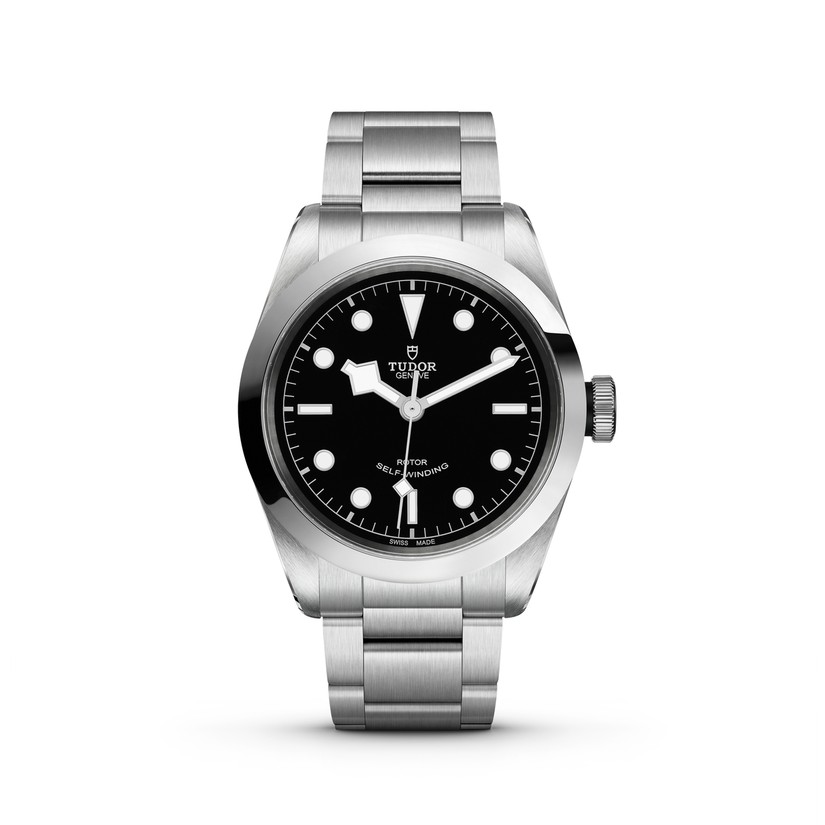
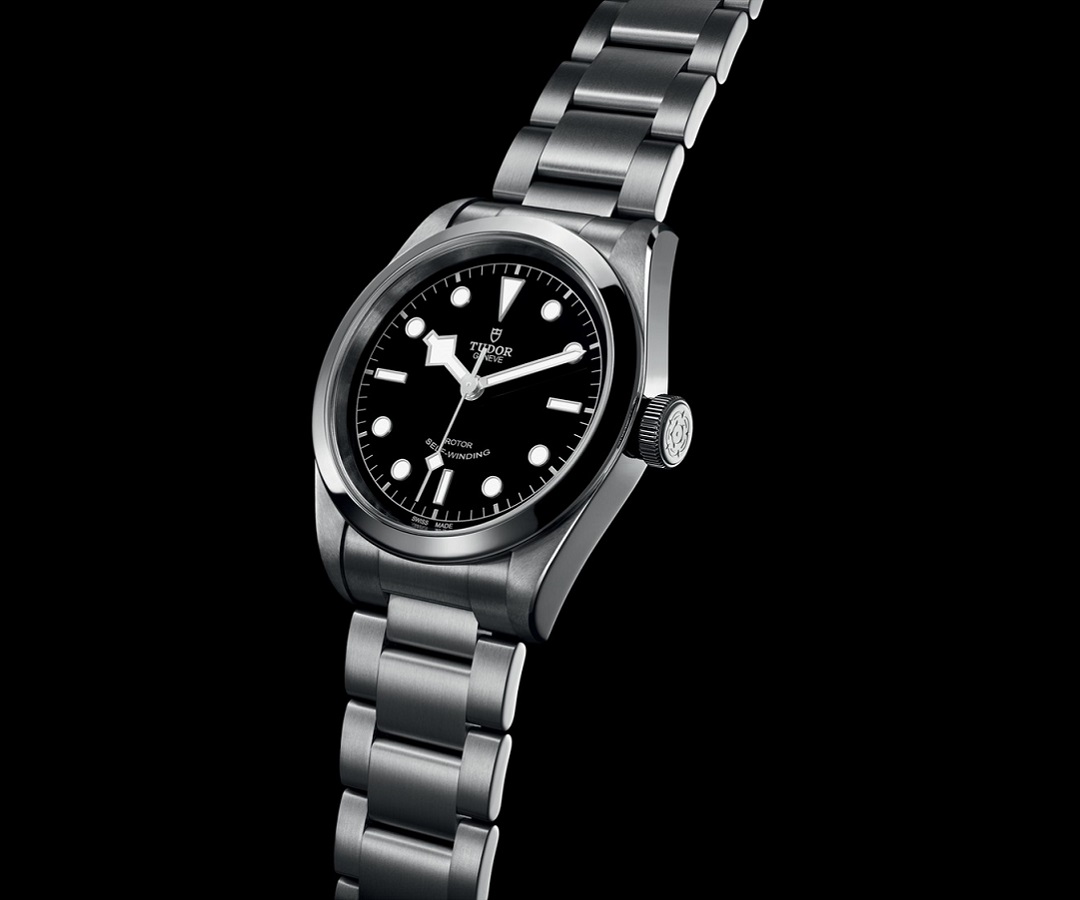
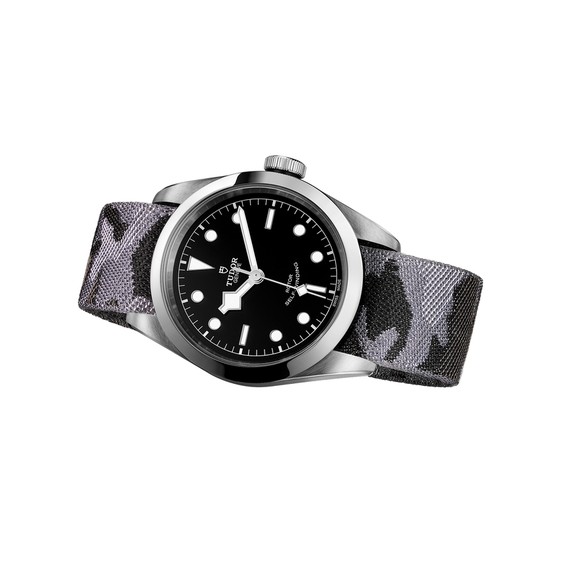 在钟表收藏家眼中,帝舵潜水腕表无疑是一座取之不竭的宝藏。它蕴藏着清晰的产品发展脉络,一系列在古董表市场上赫赫有名的型号,以及众多脍炙人口的设计元素和细节。例如第一代防水深度达200米(660 英尺)的帝舵潜水表的”大表冠”,其旋入式表冠直径高达8毫米,故得名“Big Crown”。再比如1969年开始为法国海军批量生产的表款,采用了钟表爱好者们耳熟能详的、名为“雪花”的棱角形夜光指针——它是唯帝舵潜水表所独有的特征。
在钟表收藏家眼中,帝舵潜水腕表无疑是一座取之不竭的宝藏。它蕴藏着清晰的产品发展脉络,一系列在古董表市场上赫赫有名的型号,以及众多脍炙人口的设计元素和细节。例如第一代防水深度达200米(660 英尺)的帝舵潜水表的”大表冠”,其旋入式表冠直径高达8毫米,故得名“Big Crown”。再比如1969年开始为法国海军批量生产的表款,采用了钟表爱好者们耳熟能详的、名为“雪花”的棱角形夜光指针——它是唯帝舵潜水表所独有的特征。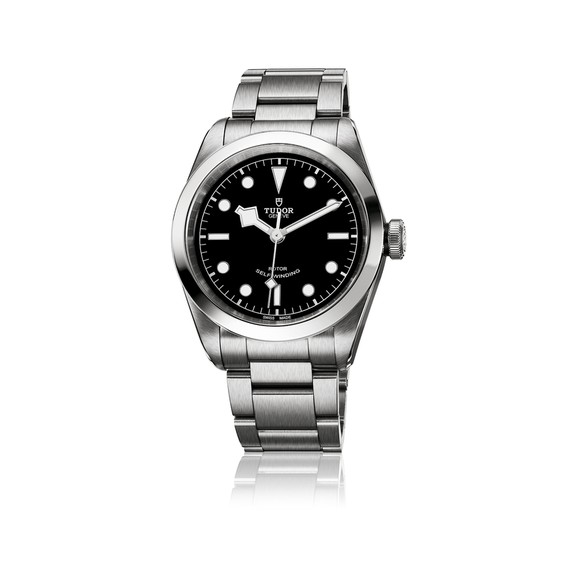 另一方面,碧湾型 41的设计风格更偏优雅简约,以磨光的钢制外圈取代了潜水表专属的单向旋转外圈,以平面蓝水晶表镜取代了复古的圆拱形表镜。经过重新打造的中层表壳也变得更加纤薄,使腕表得以轻松收入衬衫袖口。
另一方面,碧湾型 41的设计风格更偏优雅简约,以磨光的钢制外圈取代了潜水表专属的单向旋转外圈,以平面蓝水晶表镜取代了复古的圆拱形表镜。经过重新打造的中层表壳也变得更加纤薄,使腕表得以轻松收入衬衫袖口。

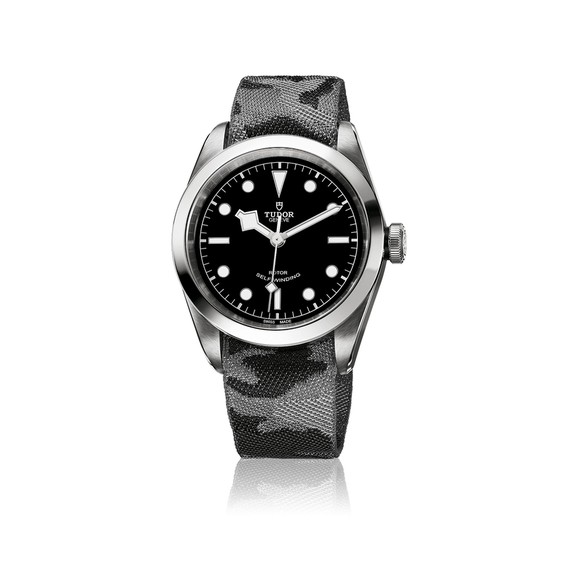 帝舵表还特为碧湾型 41提供了钢制表带和皮表带供选择,并额外附送一条都市迷彩风格织纹表带。该织纹表带采用法国圣艾蒂安(St-Etienne)地区传统提花工艺制作,表带上的迷彩图案并印制,而是以不同颜色的丝线编织而成,且兼具佩戴的舒适性与任性,亦体现出了帝舵表在工艺方面的一丝不苟。
帝舵表还特为碧湾型 41提供了钢制表带和皮表带供选择,并额外附送一条都市迷彩风格织纹表带。该织纹表带采用法国圣艾蒂安(St-Etienne)地区传统提花工艺制作,表带上的迷彩图案并印制,而是以不同颜色的丝线编织而成,且兼具佩戴的舒适性与任性,亦体现出了帝舵表在工艺方面的一丝不苟。


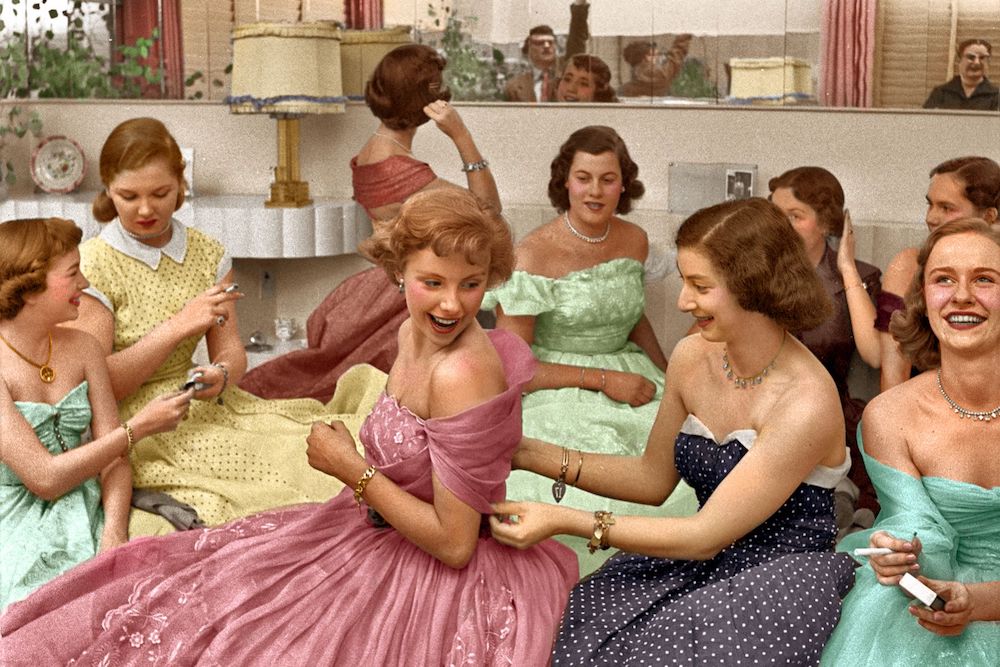


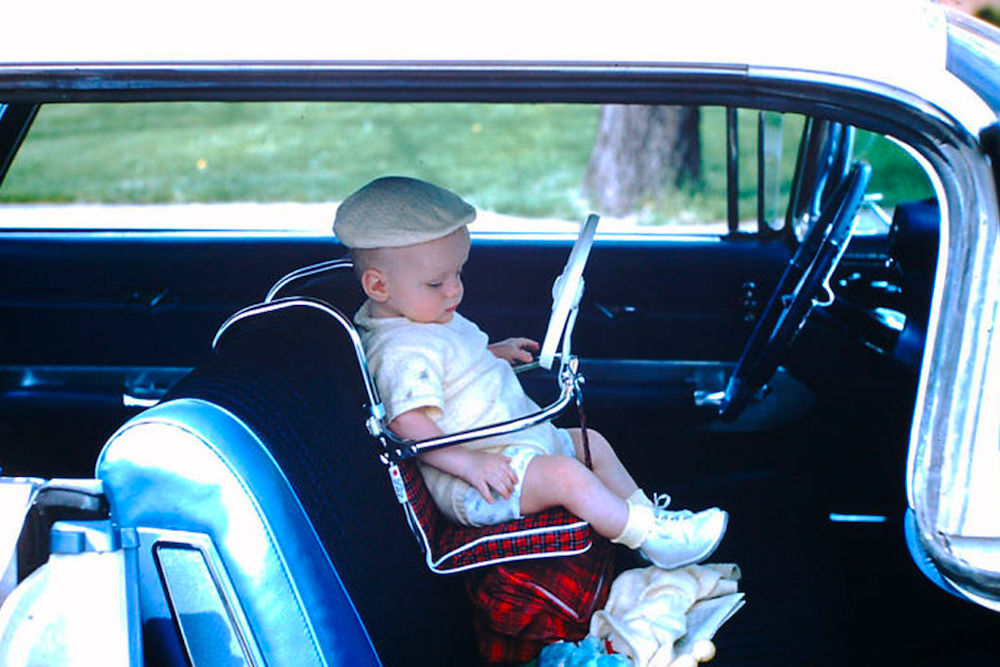

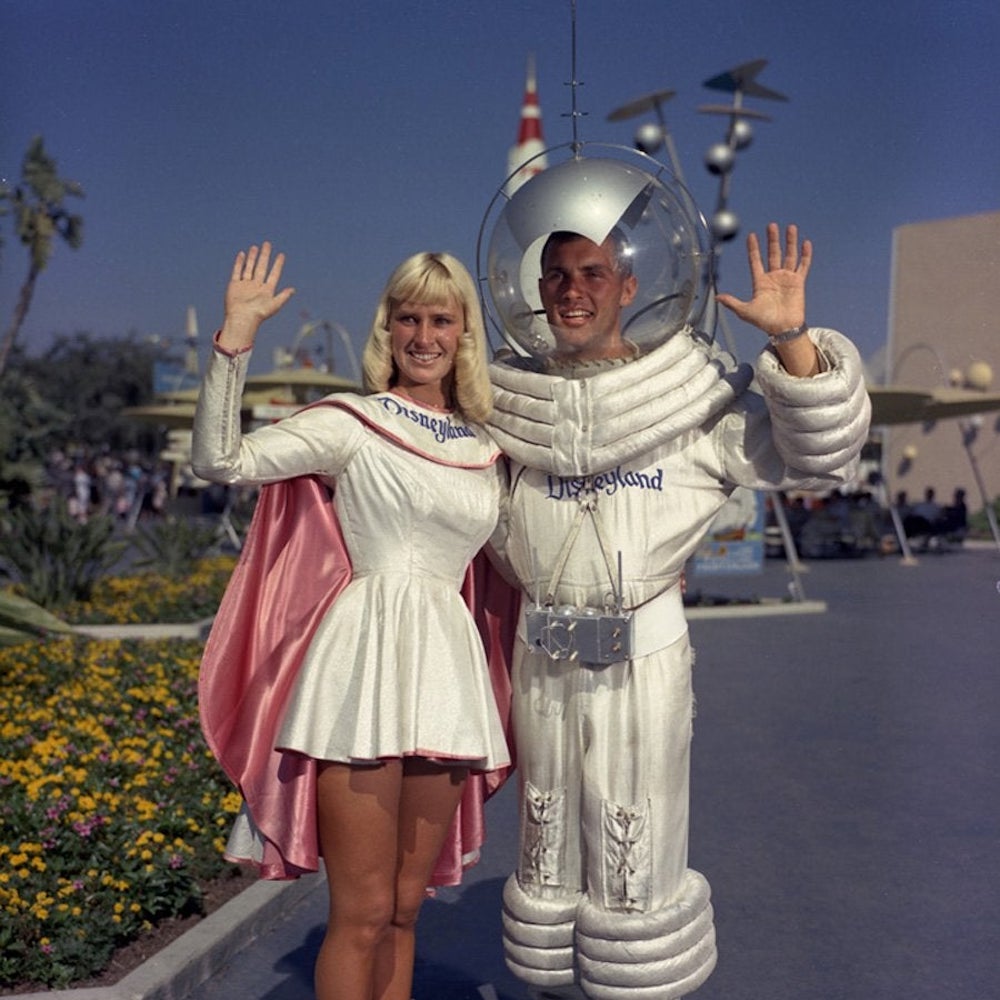


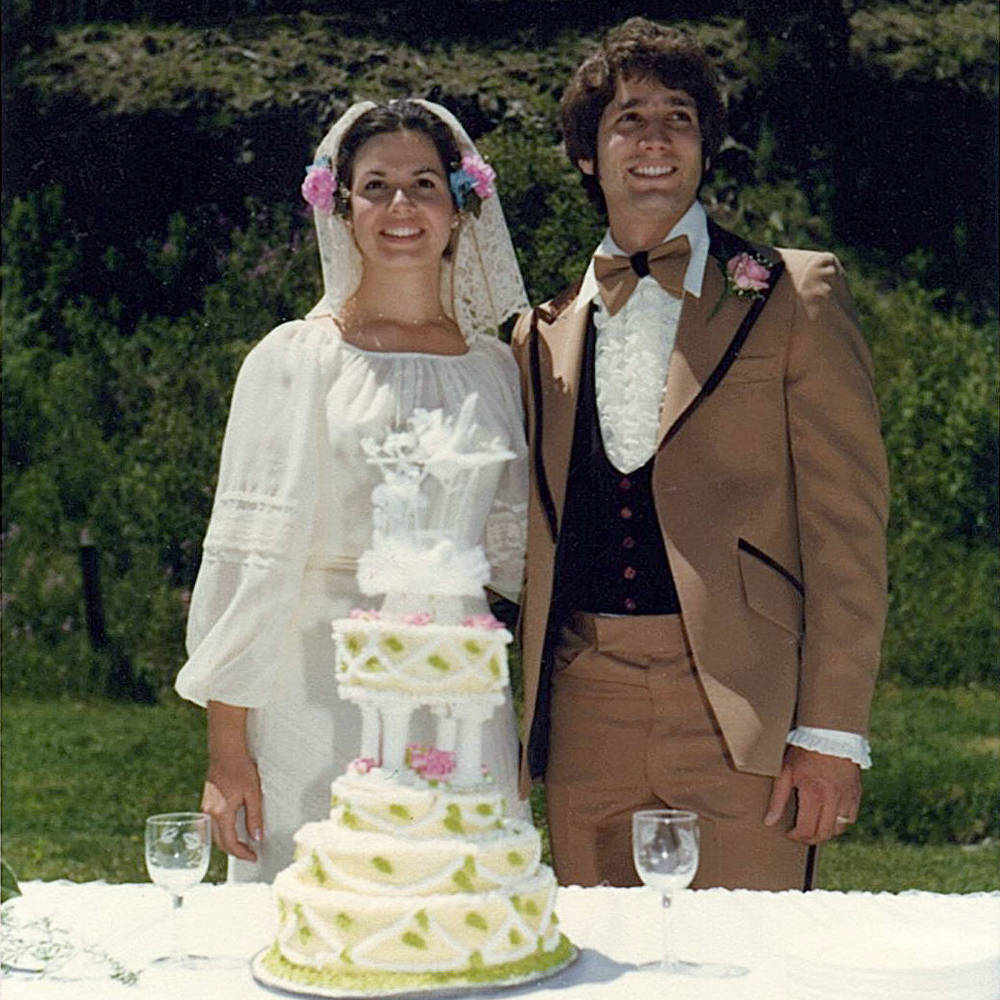

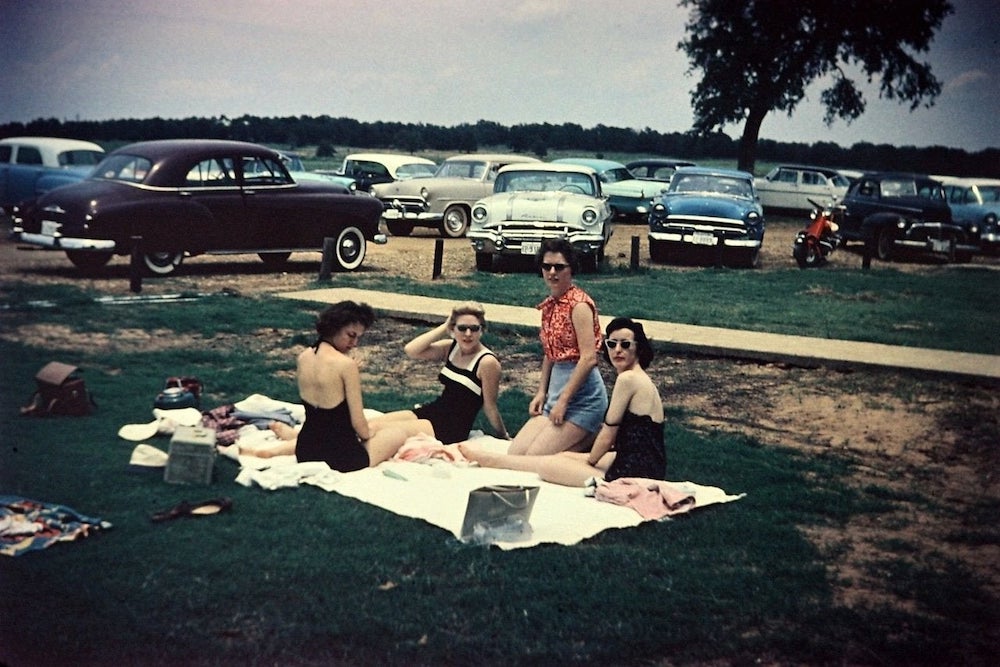
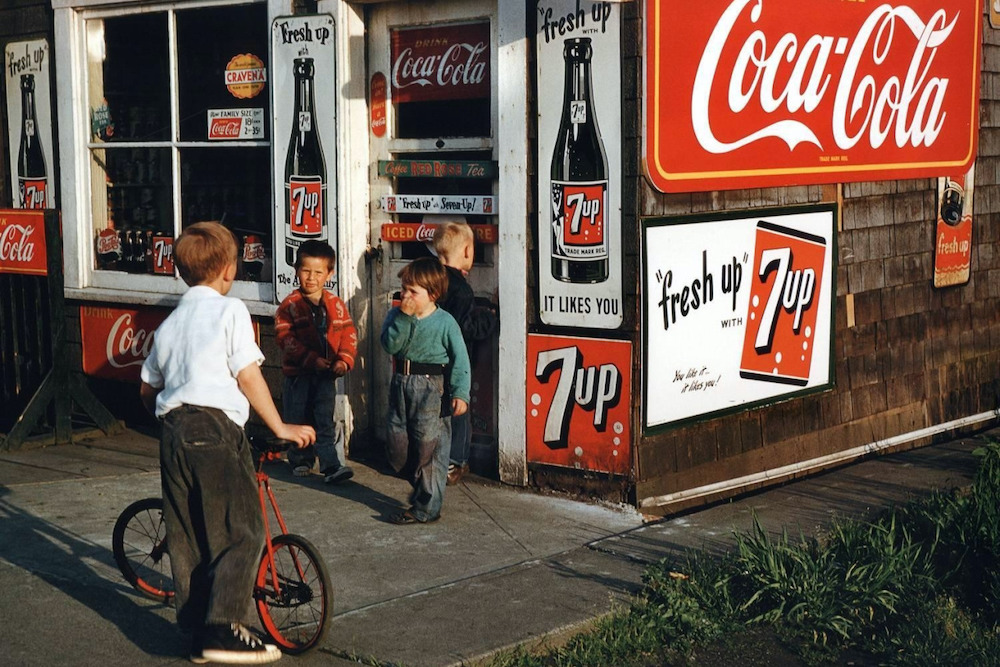

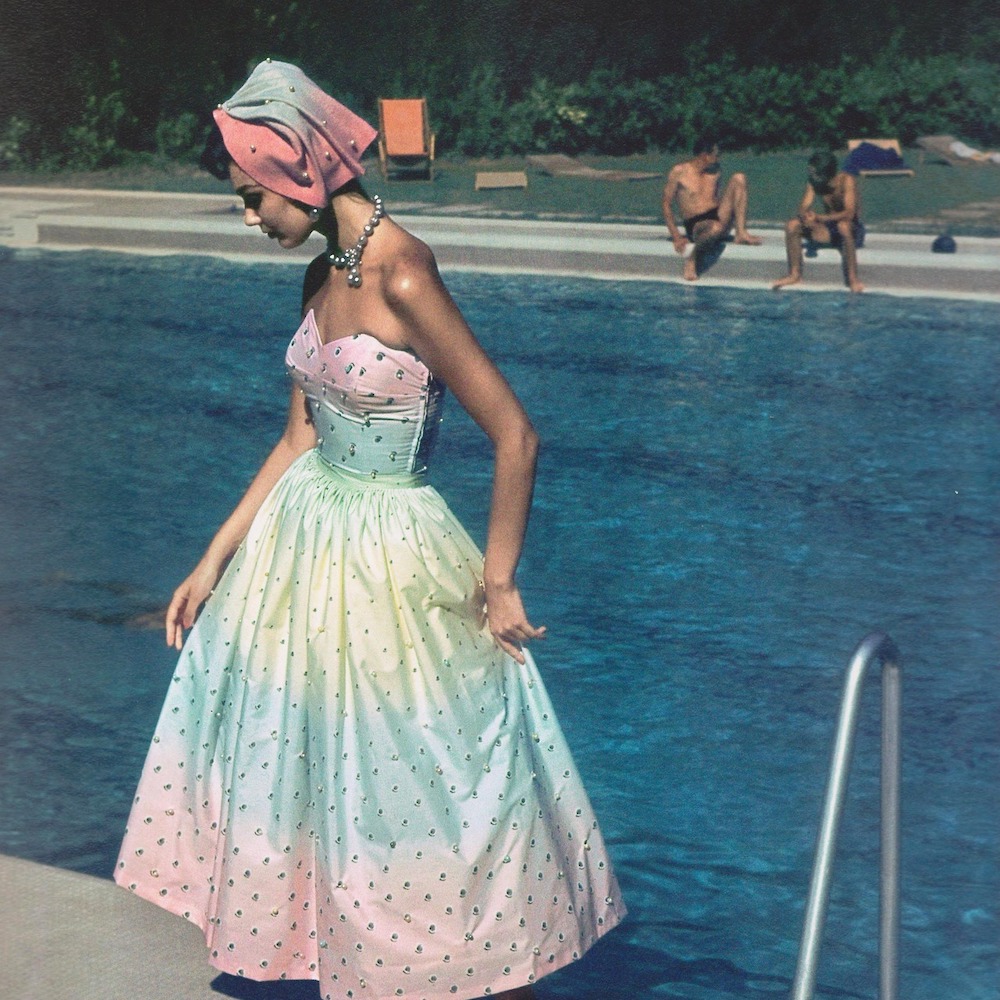





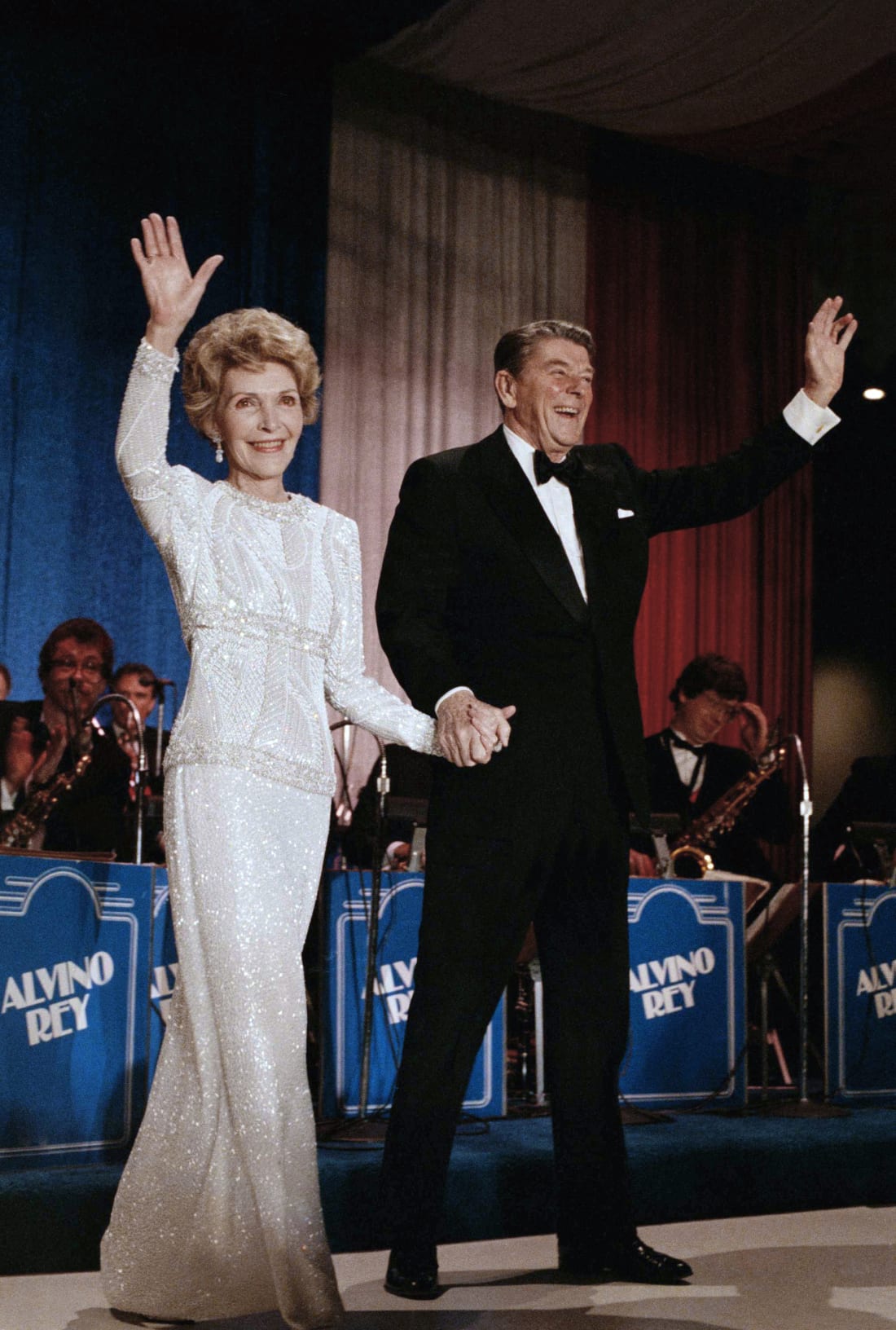
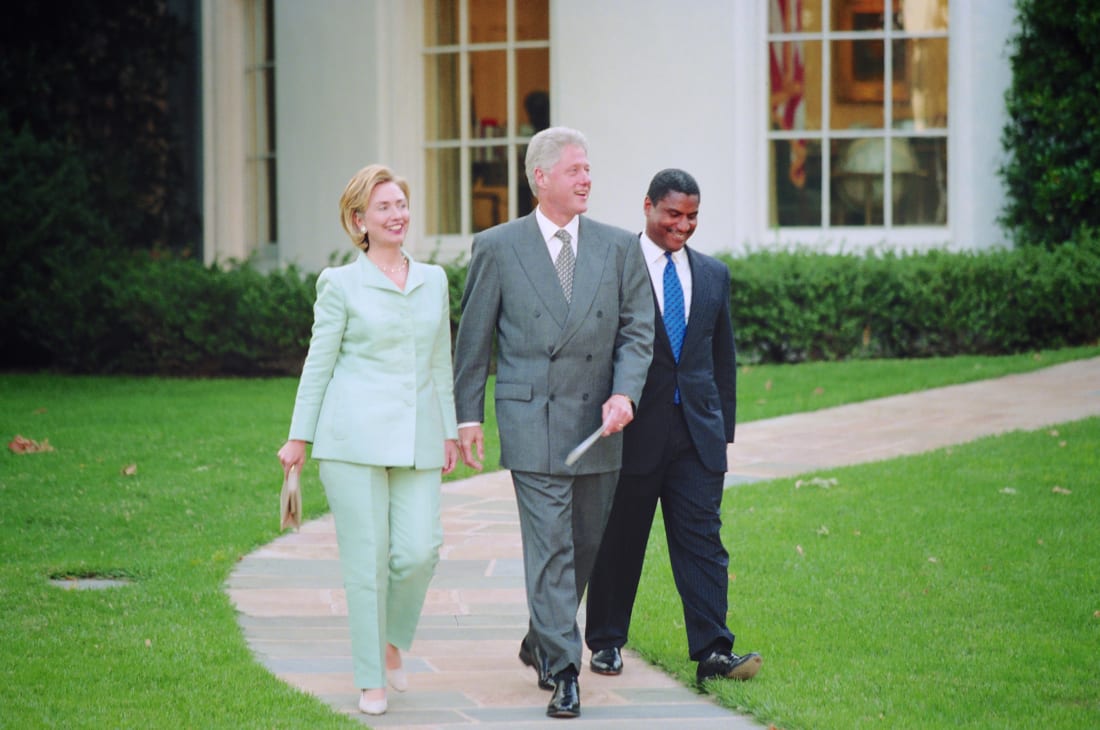
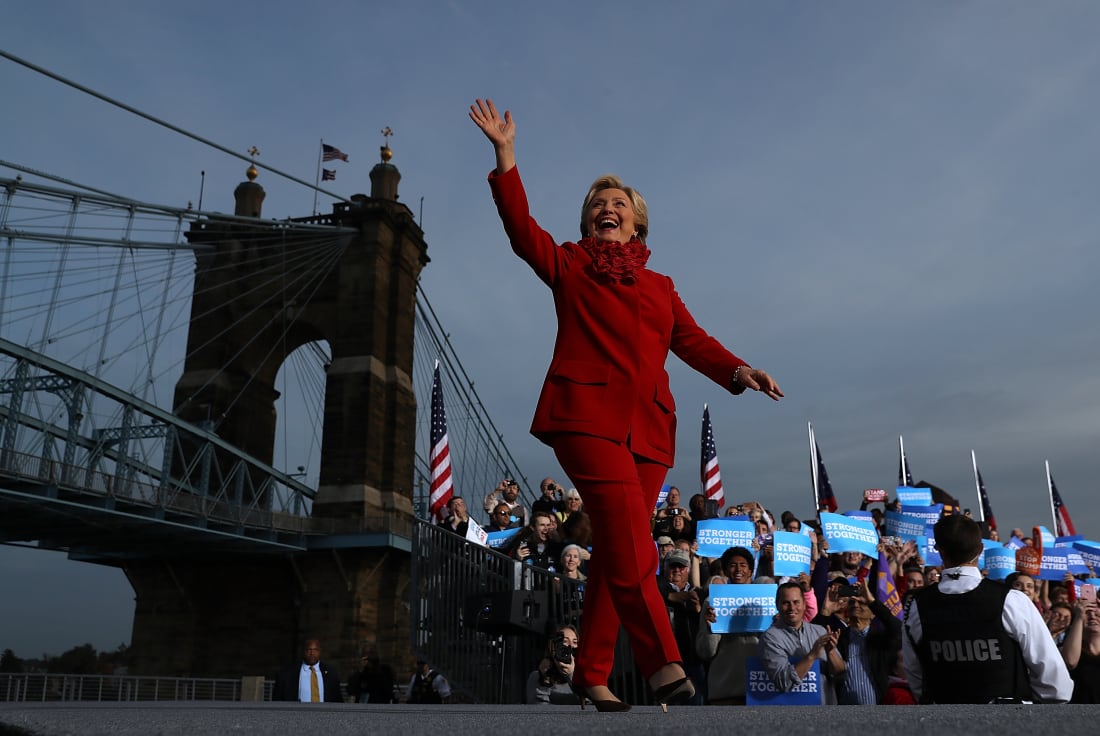
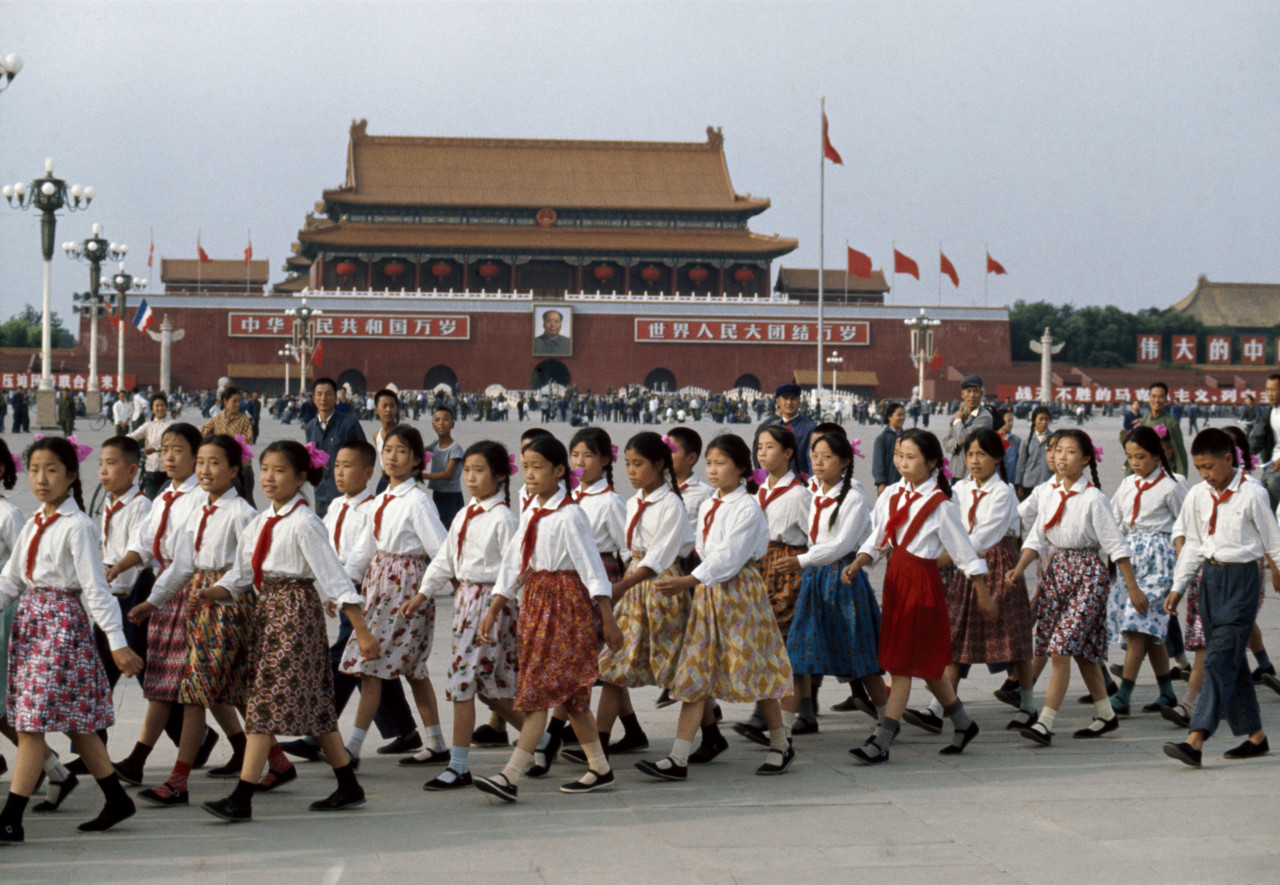


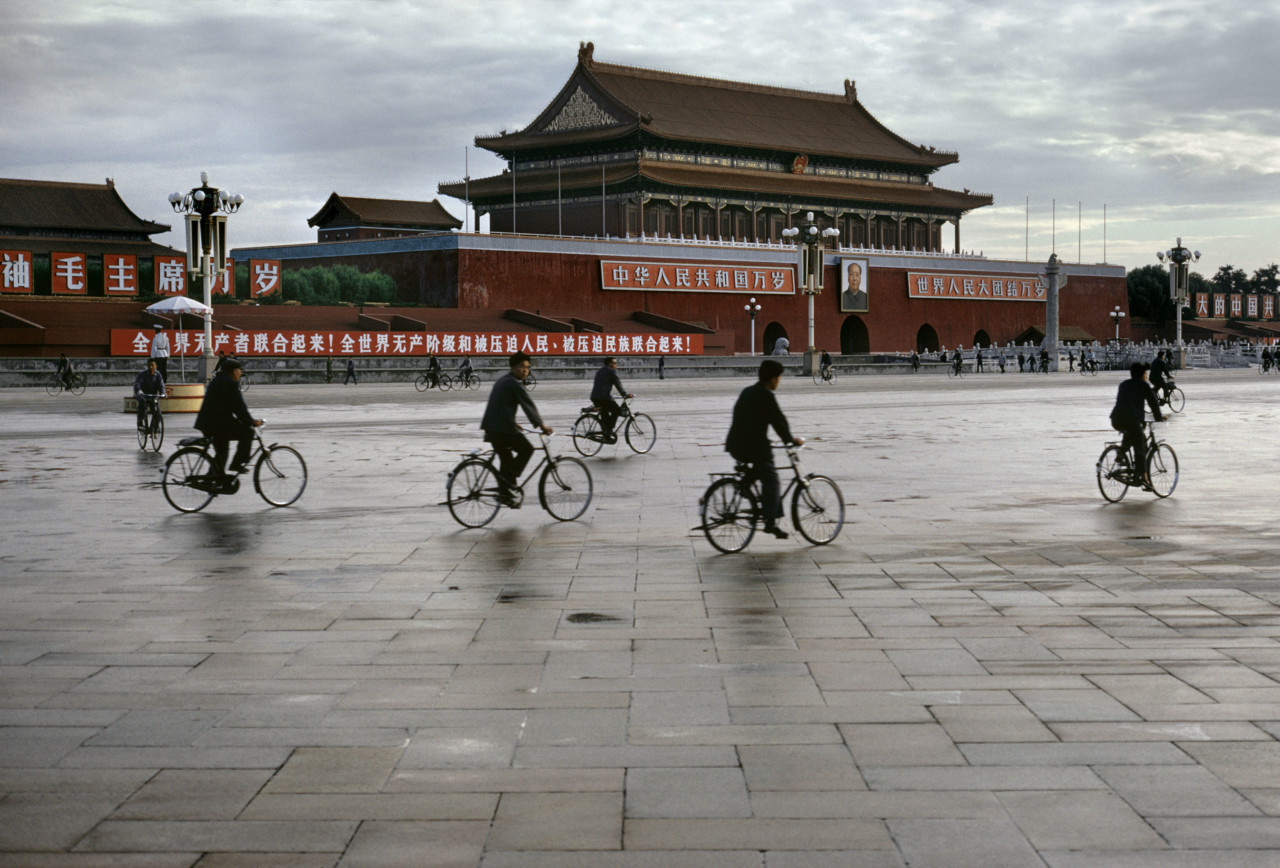
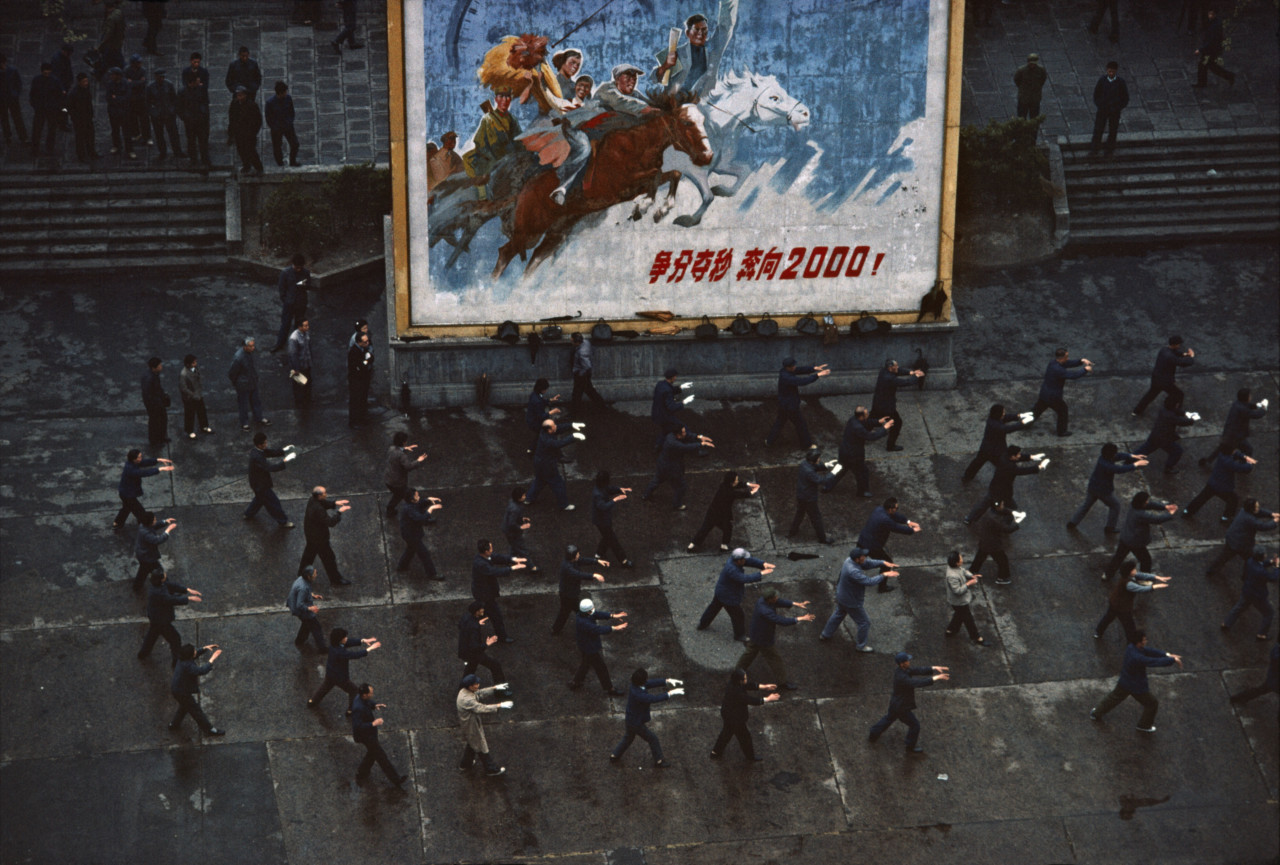
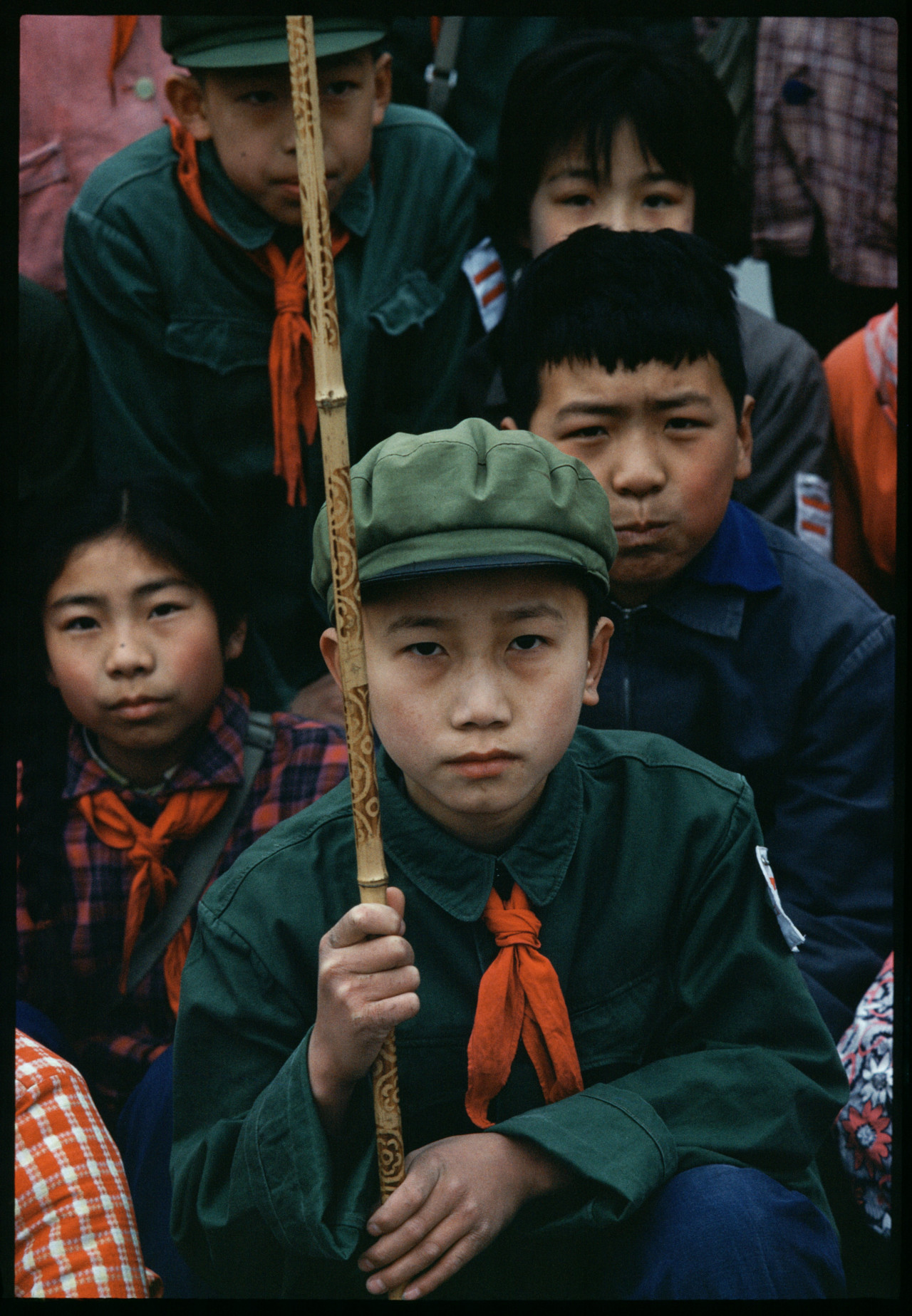
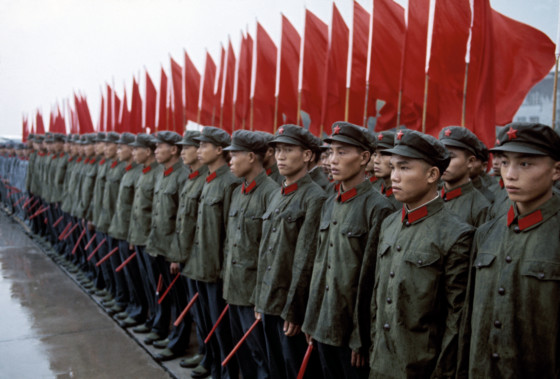

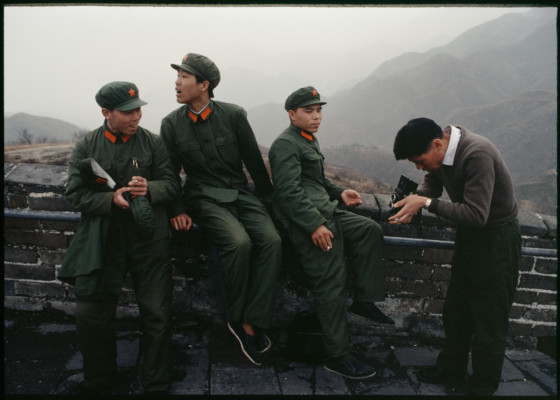
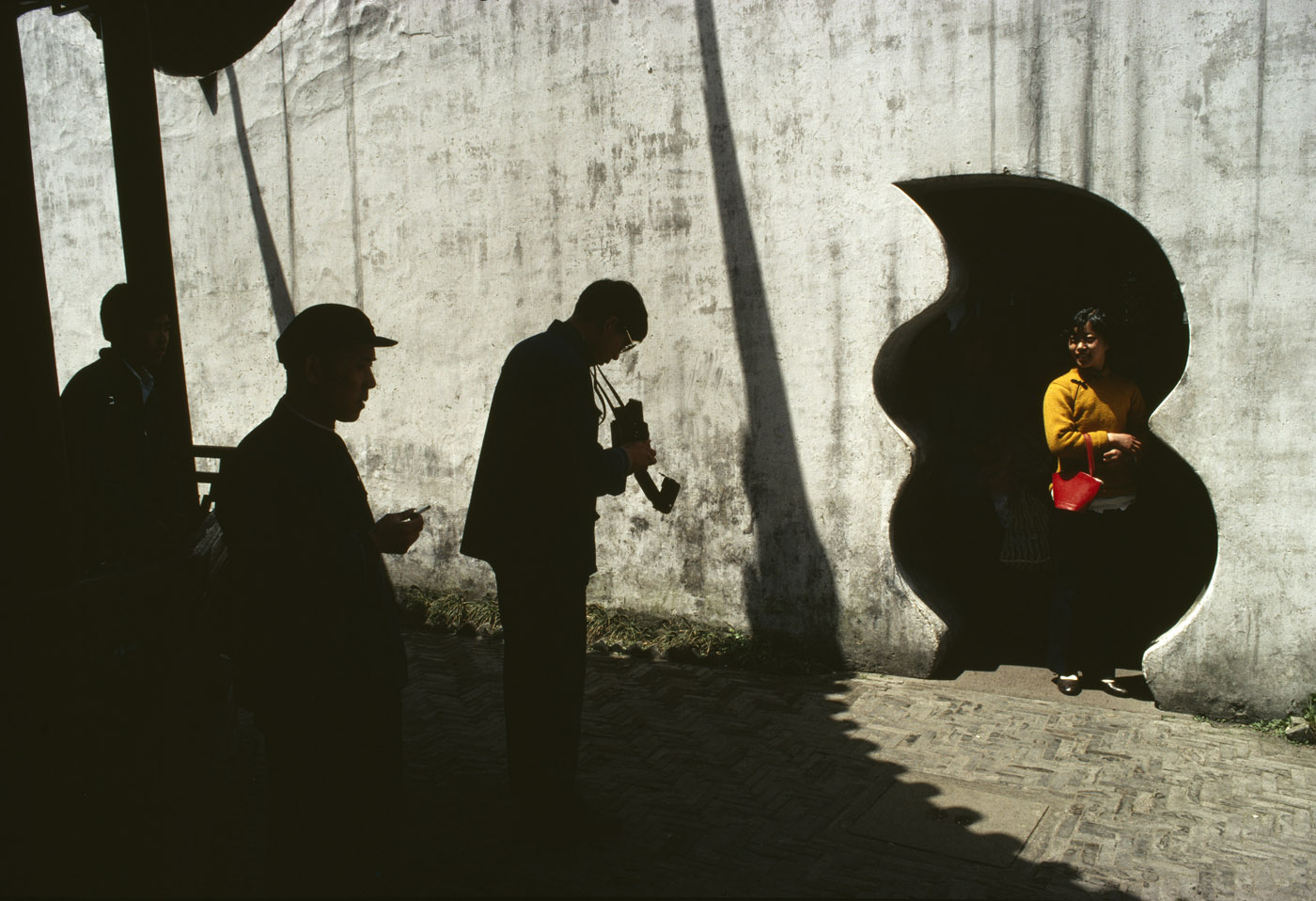
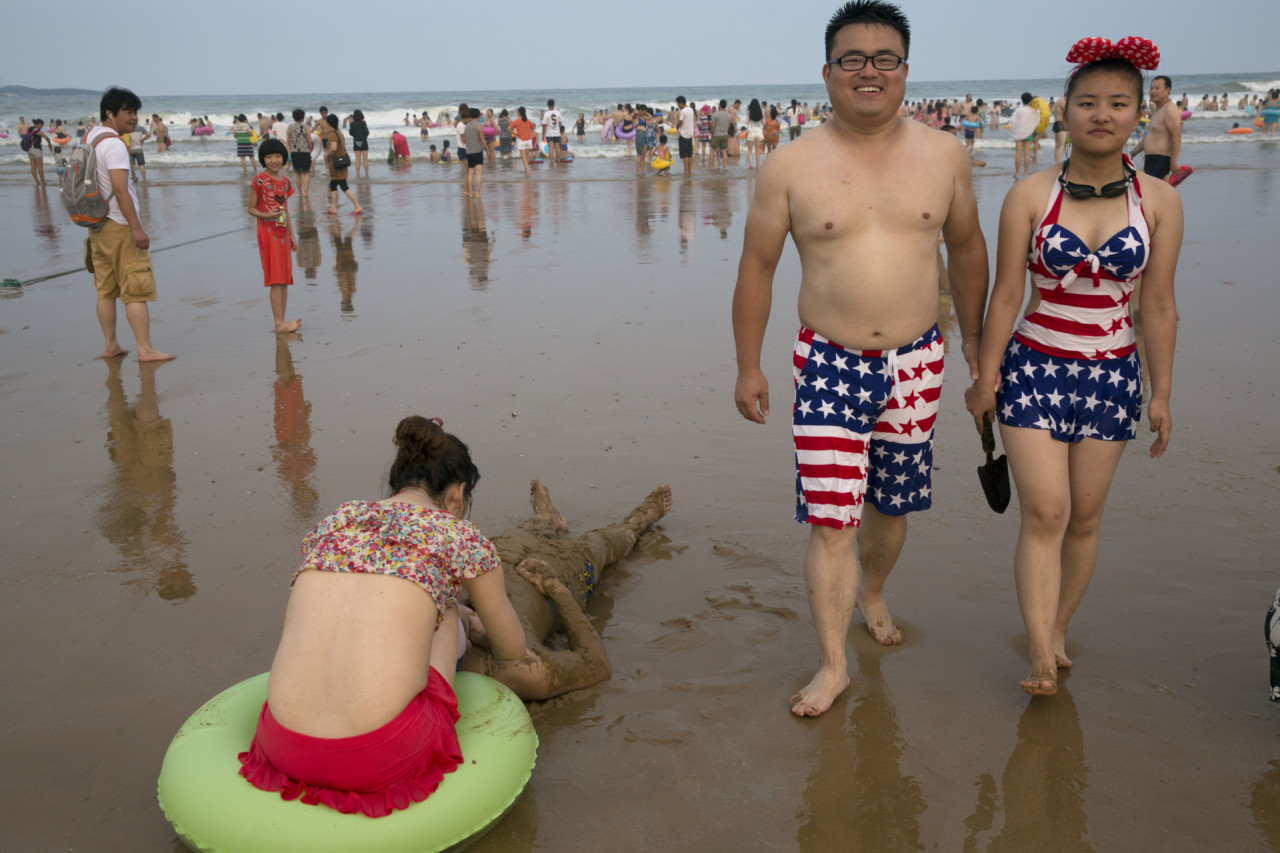







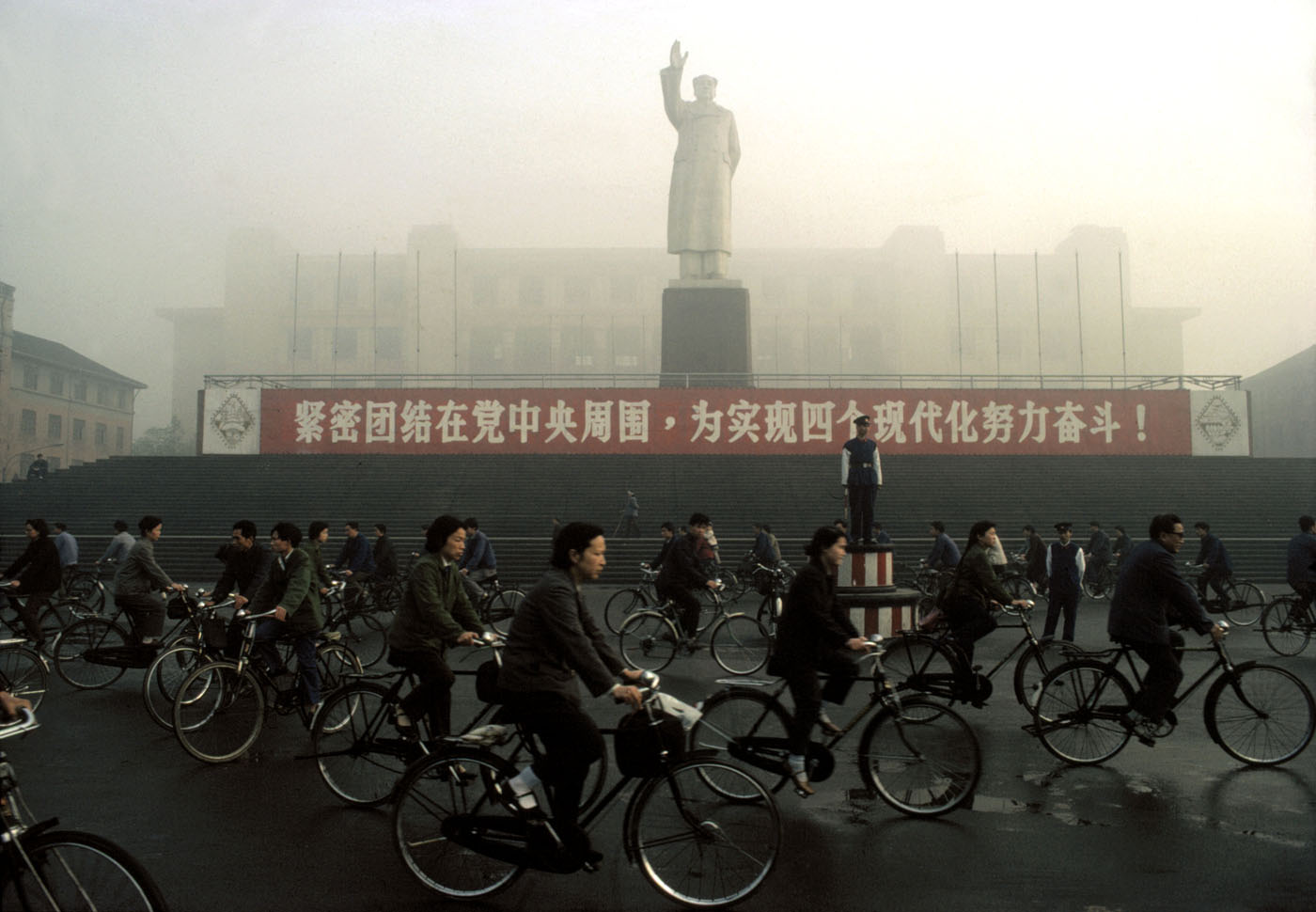







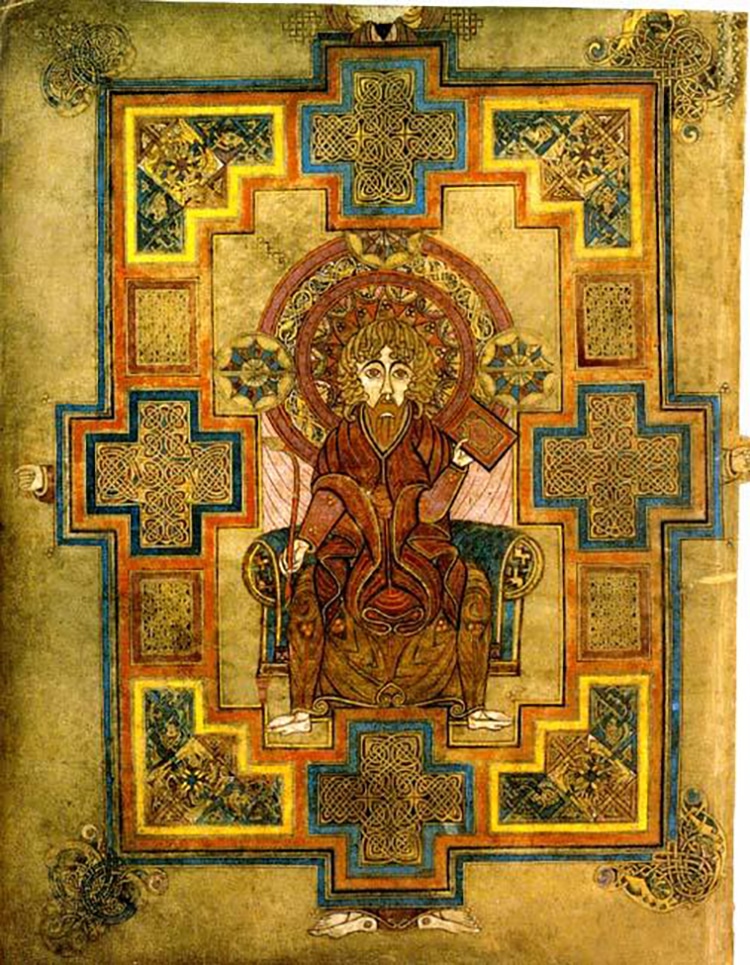


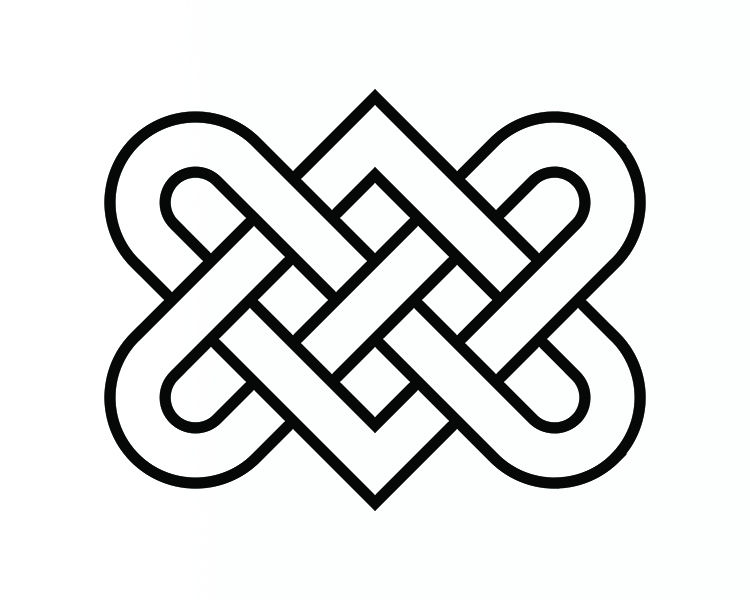


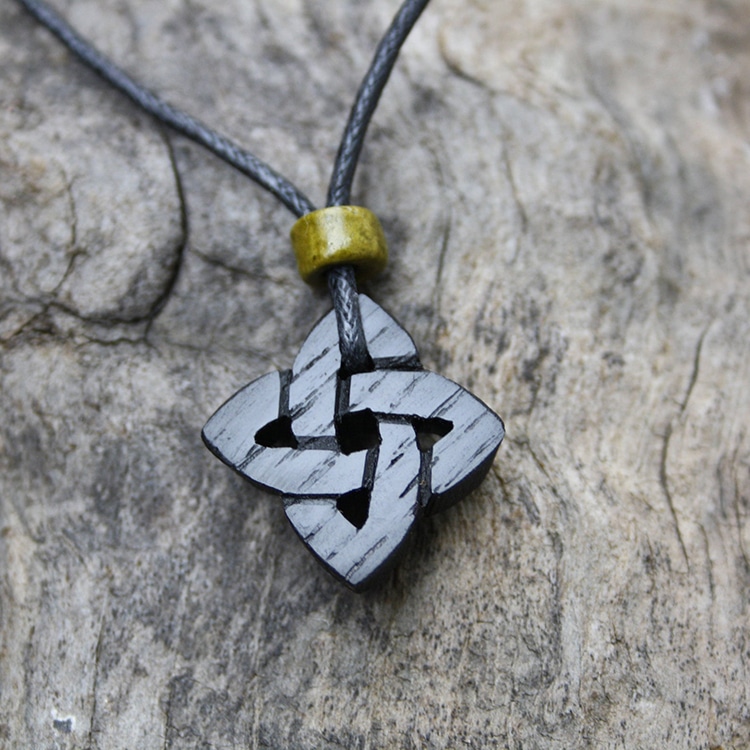


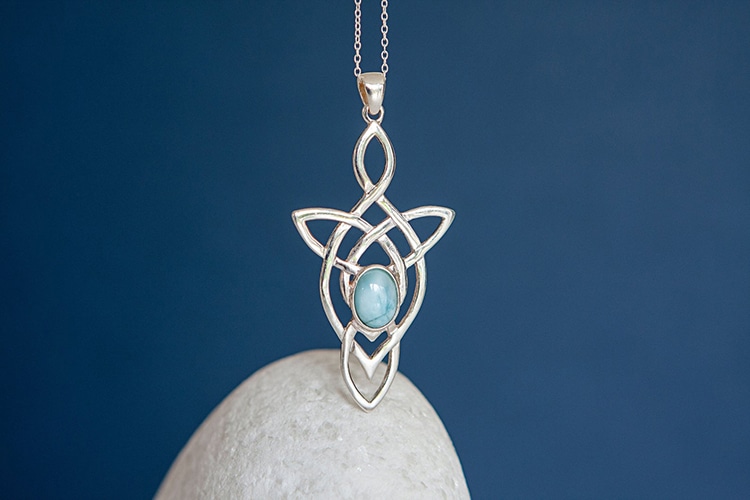
 Medical workers take care of a patient at the ICU of the George Papanikolaou General Hospital in Thessaloniki, Greece, on November 11, 2020.
Medical workers take care of a patient at the ICU of the George Papanikolaou General Hospital in Thessaloniki, Greece, on November 11, 2020.